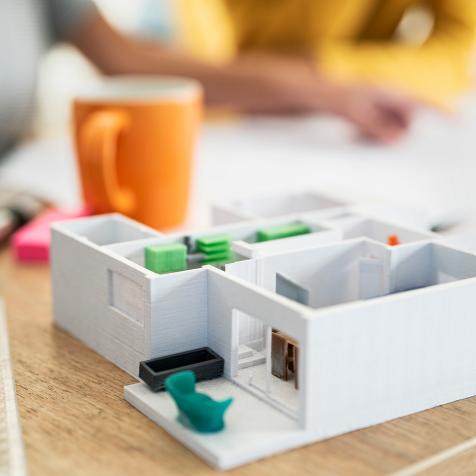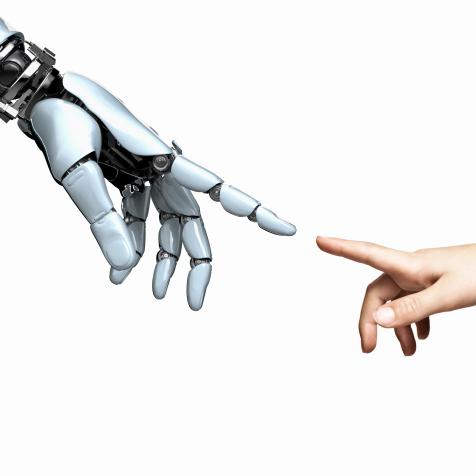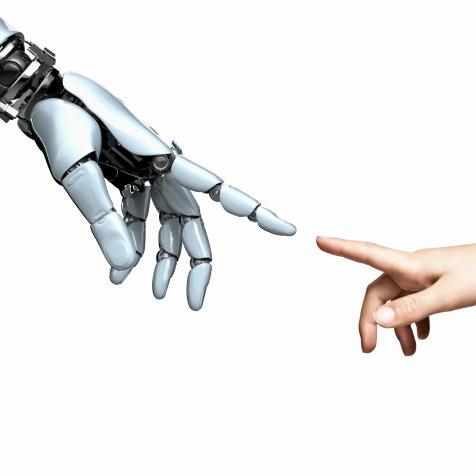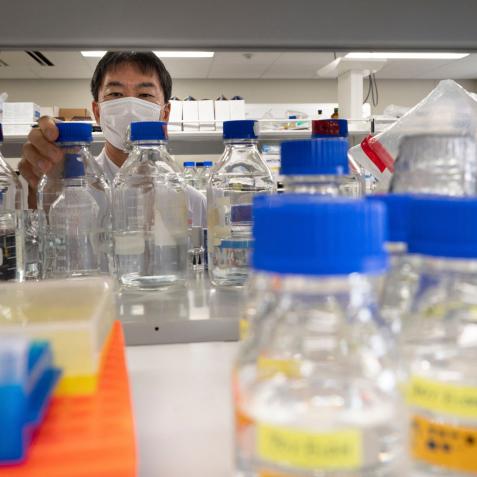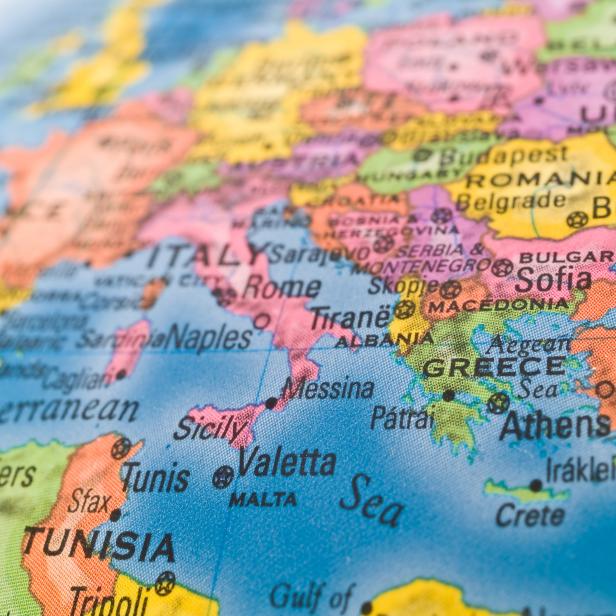
Frankljunior
Building Atlantropa: One Man’s Plan To Drain the Mediterranean Sea
Atlantropa may be the most bizarre and ambitious environmental project you have never heard of.
German architect Herman Sörgel’s plans in 1928 included partially draining the Mediterranean Sea, joining Europe and Africa, and using sustainable hydroelectric energy and irrigation projects to power and feed half the world.
Sörgel’s vision was to build a hydroelectric dam across the Strait of Gibraltar, eight miles at its narrowest, that would connect the two continents and reclaim more than 250,000 square miles of land from the sea. Once the Atlantic Ocean water supply was blocked off, evaporation would begin to drain the Mediterranean basin. Italy’s land mass would grow by almost half and Greek islands would be rejoined to the mainland.
Another hydroelectric project between Sicily and Tunisia would help lower the eastern Mediterranean. The resultant clean energy generated, along with further hydroelectric dams at the Black Sea, the Suez Canal, and in Africa, would supply enough power for the newly formed super-continent he called Atlantropa, or Panropa.
Land bridges across the Sicily and Gibraltar dams would allow people to travel with ease between Europe and Africa. Damming the Congo river further south would create huge inland lakes to irrigate the Saharan Desert and expand farming, provide shipping navigation routes inland, and make the climate more suitable for European settlement.
This was a plan rooted in old colonial ideals despite its forward thinking idealism, with the understanding that Europe had more people than space and Africa more space than people. Sörgel’s idealized Atlantropa would be a meeting of cultures that would end the conflict in Europe following World War One, unite the neighboring Mediterranean countries, and enable progress in Africa through the application of technology.
The years following the first world war in Europe were full of economic uncertainty and resentment between nations. But in Germany they were also years of creative revolution that included the arts, design and architectural movement that Sörgel belonged to – Bauhaus, literally ‘house of building’. Across the world, colossal engineering projects like the Suez and Panama canals, and the Hoover Dam, inspired Sörgel’s vision of connecting the nations.
Completion of the entire project would take 150 years, well into the second half of the twenty-first century. But that would be 150 years of prosperity from the jobs and clean, boundless energy created, and peace, as nations cooperated and received Atlantropa’s benefits. Countries that caused conflict would simply have their supply of energy stopped.
In the end, the concept was defeated partly by the rise of the Nazi Party in Germany, whose nationalism was built on contempt for modern art like Bauhaus, ideas of racial superiority and scientific racism, and Adolf Hitler’s plans for expansion into Russia. Besides, the shear technical engineering challenge of creating just the dam at the Strait of Gibraltar would most likely have ground the entire project to a physical halt before it began.
Despite devoting his life to promoting the idea, founding the Atlantropa Institute, and inspiring consideration by the United Nations, Sörgel died in 1952 without any foundations being laid. The institute closed for good in 1960 and with it one of the more extraordinary notions in modern history.










